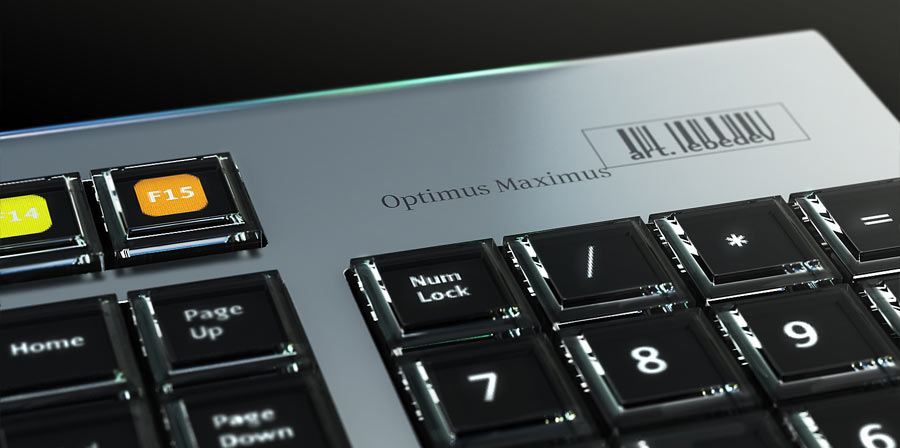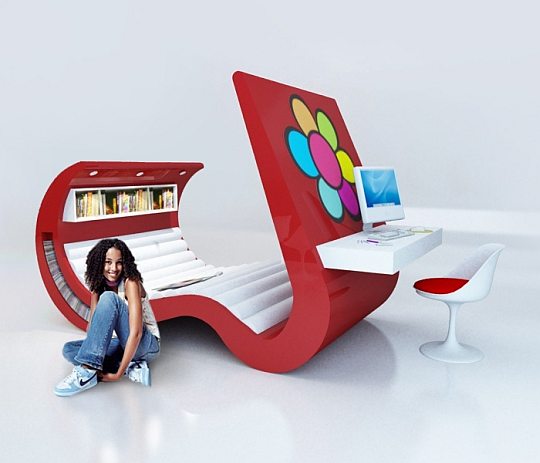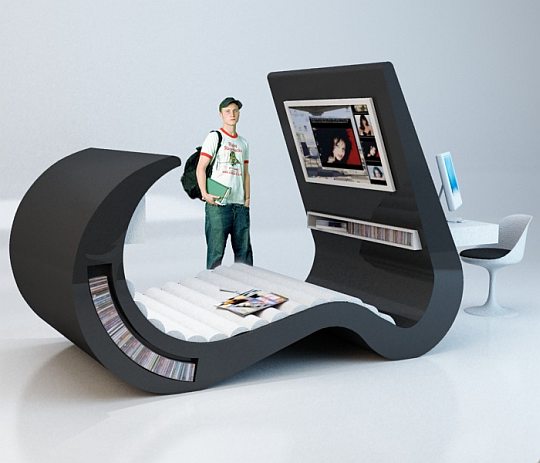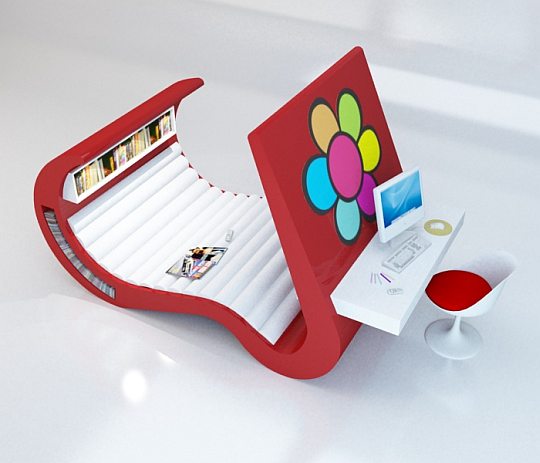Today I wanna share my UI design experience and introduce you top 10 tools for UI designers, information architects and usability specialists. Below is the complete list of tools which help the UI designers in their difficult work.
1. Microsoft Visio
Company: Microsoft
URL:
http://office.microsoft.com/en-us/visio
Let’s start with MS Visio—diagramming software for Microsoft Windows. It uses vector graphics to create diagrams. We all know this tool—doesn’t need to discuss it here.
2. Axure RP
 Company:
Company: Axure
URL:
http://www.axure.comThis is a well-known and lightweight tool for UI modeling, wireframes and prototype development, also supports page design development, widgets, dynamic display, annotations, export to Microsoft Word, etc.
The latest version has certainly added a number of new features compared to previous one. New version provides the ability to create a basic sitemap (indicating pages) and the ability to link these pages together. It also offers masters for rapid changes to an entire project and allows for basic annotations but doesn’t offer a robust requirements management solution.
3. Adobe Creative Studio
Company: Adobe
URL:
http://www.adobe.com/products/photoshop/photoshop
You may want to say that Photoshop and Illustrator are not simulation tool. I would say: “yes” but I’ve included this great application to support millions of UI designers who design their pages manually in Photoshop. Adobe Photoshop and Illustrator are still industry standards in graphic design and, of course, UI design and web page design. Don’t need to write many words about these tools, just say—they are something huge, professional and all-in-one tools. You can also use Adobe ImageReady to prepare HTML prototype.
4. Elegance Tech Lucid Spec
 Company:
Company: Elegance Tech
URL:
http://www.elegancetech.com/LS/LS.aspxMuch like Axure, LucidSpec offers the capability to create static “prototypes.” The product does not contain an actual simulation engine, thus limiting the product’s ability to save and reuse data at a later time. The product allows the design to “describe behaviors” or specifications in annotative form. It does not offer a solution for tying a non-visual requirement to visual elements. So there are no scenario design, widgets, dynamic displaying, annotations, requirements management, etc.
5. iRise Studio, iRise Manager, iRise Server, iRise Reader, iRise iDoc
Company: iRise
URL:
http://www.irise.com/products/diagram.php
See how iRise makes an introduction:
“iRise simulations are so close to the final applications that people can't tell the difference between the two. SunTrust recently unveiled their new banking application-a critical element in retaining acquired customers through a merger with NCF Bank-that was simulated first. In addition to look & feel, the user experience between the simulation and the final website are nearly identical.”
This is a real simulation engine that allows users to save, edit, and delete requirements data. iRise Manager provides the most comprehensive requirements management solution. Studio generates a portable simulation known as an iDoc, which can be reviewed with the free iRise Reader. Shared Server enables collaboration and incorporates a model for check-in/out capabilities and synchronization with the requirements management server. The shared server also provides an alternative delivery method, allowing stakeholders to view the simulation by accessing a URL. iDoc Express is a cost-effective service offering, where companies hand over requirements and receive a comprehensive simulation at a fixed price. No product purchase or installation is required. This is by far the most mature product in this space, with the most extensive list of recognizable customer names.
iRise product suite supports whole set of features: scenario design, page design, widget library, dynamic display, data interaction, decision logic, annotations, centralized server, portable distribution, requirements management, enterprise support: yes, export to MS Word.
6. Serena Composer
 Company:
Company: Serena
URL:
http://www.serena.com/US/products/composer/Composer fits at the lower end of the higher tier products. It offers the ability to model business processes at a very high level much like MS Visio. It then extends that ability to creating activities and detailed page designs. Composer provides greater support for requirements management; it is probably closer to iRise than any other tool. The challenge with Composer is that all users must own a licensed seat to view anything created within the product; this really limits the ability to share with stakeholders.
7. Simunication Enterprise Simulator
 Company:
Company: Simunication
URL:
http://www.simunication.com/This solution is a web based. This is most likely the product’s biggest advantage over some of the lower- and middle-tier applications. Its interface, however, is quite cumbersome for the non-technical user. It offers the ability to simulate data through a scaled-down simulation engine. The workflow is driven primarily by creating use cases, then designing screens around those cases. Delivery is simplified by its all-online approach—thus anyone with a web browser can access it.
8. Sofea Profesy
Company: Sofea
URL:
http://www.sofeainc.com/
Profesy is comparable to Composer in product maturity. It offers requirements management with a scaled-down simulation engine. Much like Composer, there isn’t an easy way to distribute the simulation outside of the tool/editor in which it was created.
There are no scenario design included, no widgets; Supported: page design, dynamic display, data interaction, decision logic, annotations, requirements management, enterprise support and export to MS Word.
9. Intuitect Professional
 Company:
Company: Intuitect
URL:
http://www.intuitect.com/products/intuitect-professional.phpIntuitect Professional allows to address the design and documentation needs of information architects and user experience designers. It actually allows building of sitemaps, design wireframes and flowmaps, and generate high-fidelity prototypes.
Actually, the tool is not so powerful as iRise or Composer but you can try to use this tool—it is very simple and lightweight. Intuitect Professional is also available as a Microsoft Visio Professional 2003 add-on and allows you to improve productivity in Visio.
10. OmniGroup OmniGraffle
 Company:
Company: OmniGroup
URL:
http://www.omnigroup.com/applications/omnigraffle/Okay, this is a diagramming application rather than simulation, but I’ve included it as a Visio substitution for Mac platorm. According to the site, OmniGraffle is built specifically—and exclusively—for Mac OS X. It can be used to create diagrams, flow charts and illustrations. It features a drag-and-drop WYSIWYG interface. "Palettes"—groups of shapes to drag and drop, are available as extensions for OmniGraffle, and users can create their own palettes.
See Also:
Business Graphics, Wireframing and Diagrams:http://www.smartdraw.com/http://www.mindjet.com/http://www.mockupscreens.com/Clicks Analyzers:http://www.labsmedia.com/clickheat/http://crazyegg.com/http://clickdensity.com/
































